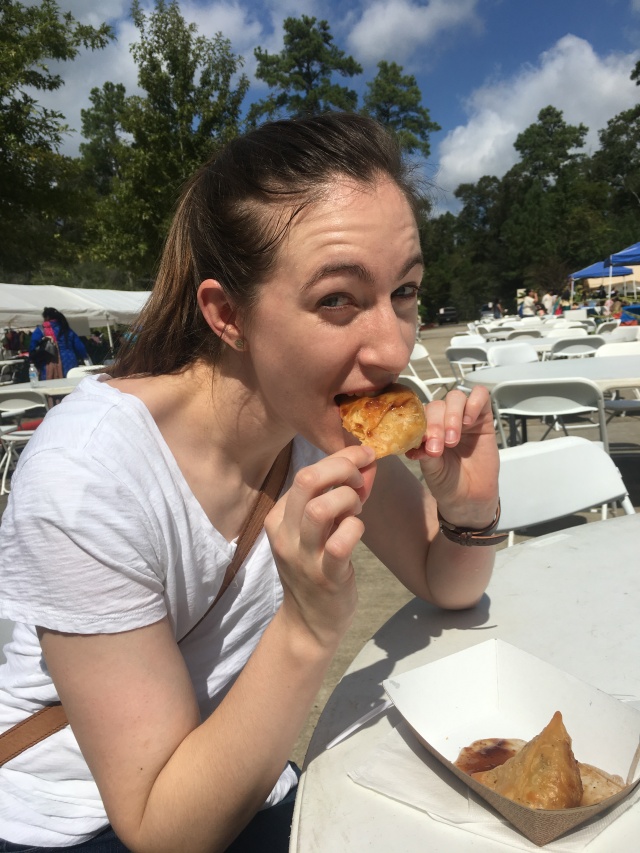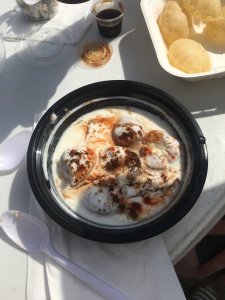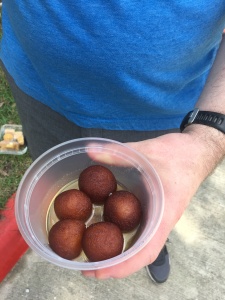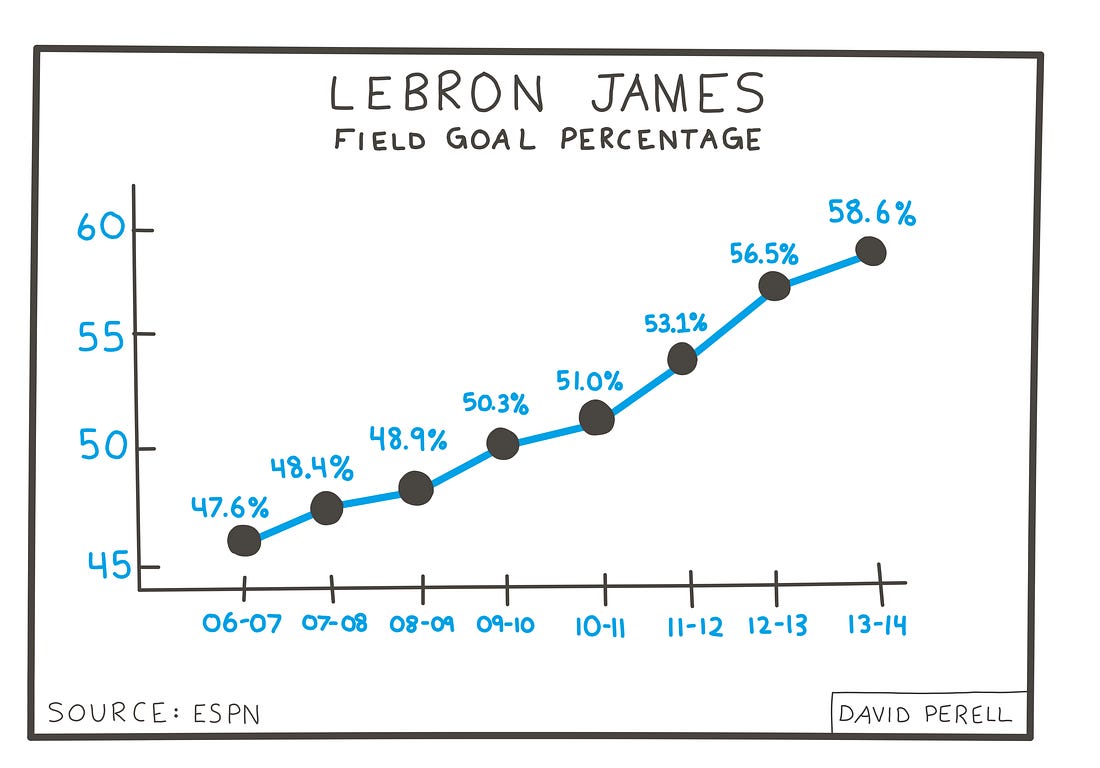Yesterday, while eating at an Irish café in The Woodlands, our server offered the house specialty for dessert—bread pudding. As full as I was from the shepherd’s pie (delicious!), I was tantalized by the idea of dessert.
I love bread pudding. It falls into the category of desserts that I would term “poor people dessert.” These are usually the types of eats that are created when someone says, “We have a lot of _________ that is about to spoil. How about we mix it with sugar and some other ingredients and see what happens?” Bread pudding, rice pudding, banana bread, and cinnamon tortillas are all in that category, and I love all of them.
Despite my interest, I knew that I needed to ask questions, especially about the sauce the chef would use. In response to my query, the server confirmed my suspicion: the sauce was cooked using Jameson Irish whiskey. I decided to pass. I had ice cream in the freezer anyway.
Later, I started to wonder why I am so dead set against eating things cooked with alcohol. I’ve heard that alcohol evaporates during the cooking process. If that’s the case, why should I care? Why not enjoy the bread pudding?!
It all boils down (yes, I said it) to the argument that alcohol evaporates during the cooking process. When someone first told me this, I accepted it as true. But over time, I’ve wondered how this could be. Why would anyone pay for an ingredient, which is often expensive, if it completely cooks out? I assume they mean the alcohol itself cooks out, but the residual flavors remain. If that is the case, why not use the unadulterated flavors directly?
However, last night I decided that my logic was ill-informed. I am neither cook nor chemist. I didn’t want to succumb to fallacy, so I decided to investigate. It only took ten minutes on Google to find out that no, I was not making an incorrect assumption. Here, from FoodNetwork.com, which used research from the U.S. Department of Agriculture:
The longer you cook, the more alcohol cooks out, but you have to cook food for about 3 hours to fully erase all traces of alcohol. A study from the U.S. Department of Agriculture’s Nutrient Data lab confirmed this and added that food baked or simmered in alcohol for 15 minutes still retains 40 percent of the alcohol. After an hour of cooking, 25 percent of the alcohol remains, and even after two and a half hours there’s still 5 percent of it. In fact, some cooking methods are less effective at removing alcohol than simply letting food stand out overnight uncovered.
Consider a Brandy Alexander pie made with 3 tablespoons of brandy and 1/4 cup of creme de cacao. According to data from the Washington Post, the pie retains 85 percent of the alcohol in these ingredients. Main dishes follow the same scenario. In scalloped oysters, for example, with 1/4 cup dry sherry poured over the works and then baked for 25 minutes, 45 percent of the alcohol remains.
There is obviously a lot of variation in the results, so I decided to look at a recipe for bread pudding with whiskey sauce. I found one, again on FoodNetwork.com, that shows whiskey is cooked in the sauce for a little less than ten minutes. By my estimates, 50–75% of the alcohol is still in the sauce.
This amazes me. I realize that, in cooking, we are dealing with relatively small amounts of alcohol. Furthermore, the recipe above serves 12 people. But to put this in perspective, a shot of whiskey is less than ¼ cup. That innocent seeming banana pudding recipe has four shots of whiskey in it, at least two of which are still there when the sauce is served. Yikes.
That settles it in my mind. Alcohol does not cook out. To pretend otherwise is a choice that I’m not going to make. But before I conclude, I’d like to touch on a point which is tangentially related, but is more pernicious and damaging.
Purchasing alcohol and supporting that entire industry is amoral. Consider that in the United States in 2016, over 10,000 people died in traffic deaths involving alcohol impairment (which equals more than 25% of traffic deaths overall), according to the CDC. Perhaps more startling, in terms of statistical correlation, is this: “At least half of sexual assaults among college students occur after the perpetrator, the victim, or both consume alcohol,” according to the National Institute of Justice.
These facts seem incontrovertible, yet somehow, they get ignored or explained away. I assume, in a conspiracy-wary sort of way, that the reasons are tied to money and/or corrupt legislators. Nonetheless, I’m talking about my personal decisions here. And personally, the consistently negative impact that consuming alcohol has on the human race is reason enough to pass up this small snack, no matter how tempting.





